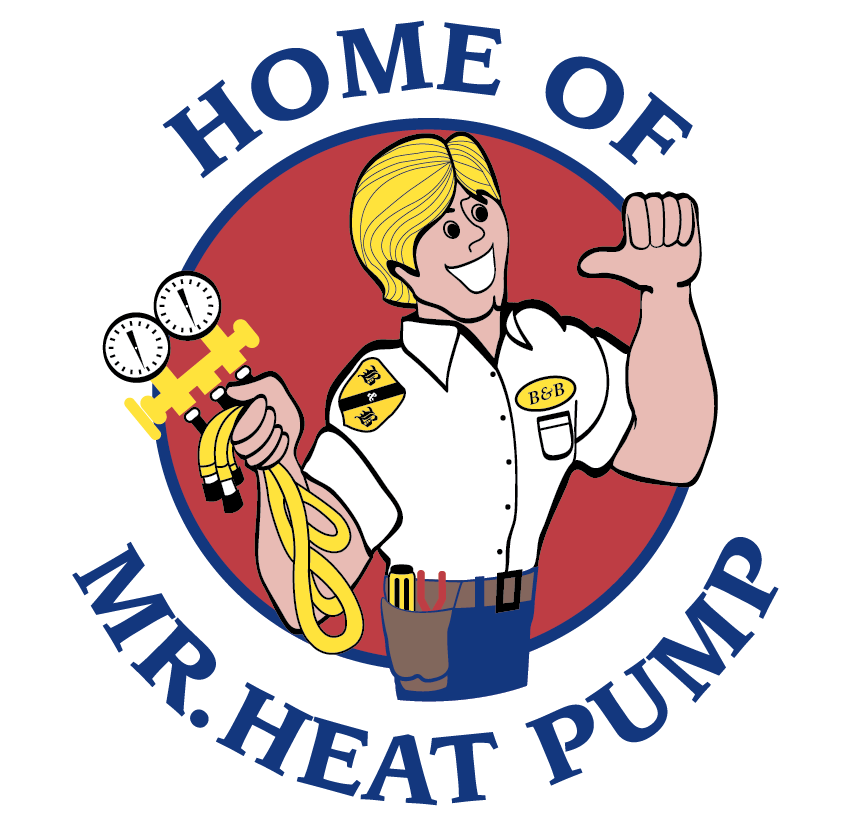Gas furnaces are the most common heating systems found in homes across the country. Although combusting natural gas poses several potential safety concerns, such as the release of toxic carbon monoxide gas, natural gas furnaces are designed to run with minimal danger.
It is important for any homeowner who has a gas furnace to take care of it with regular maintenance and prompt repairs as needed, as this will help keep the furnace working at its safest. Carbon monoxide detectors in the home provide an extra level of protection in case CO leaks do occur.
If you’re curious about how your home’s gas furnace stays operating safely, we’re going to look at the features built into it that help keep your family warm and safe each winter:
Flame sensor
When a gas furnace turns on, gas flows to the burners where the electronic ignition system lights them. If the igniter fails to work, the unburned gas will start to flood the combustion chamber and become a major hazard. To prevent this, a flame sensor detects if the burners have ignited. If the sensor doesn’t detect flames, it will signal to the furnace control board to shut off the flow of gas.
Flame roll-out switch
A flame roll-out is when flames from the combustion process escape from the burner box, potentially creating fires outside the furnace and damaging components inside it. This can happen if the flames from the burner aren’t getting drawn into the heat exchanger and instead move the wrong direction. The roll-out switch detects when this occurs and trips, shutting off the burners.
Limit switch
A furnace heats the air by trapping hot combustion gasses inside a metal heat exchanger and then transferring the heat from the surface of the exchanger to the air the blower pushes past it. The limit switch ensures that the blower and heat exchanger work in conjunction with each other so that the heat exchanger won’t overheat. If the limit switch detects that the heat exchanger isn’t cooling down, it will shut off the furnace and the blower.
Air pressure switch
At the end of a heating cycle, the combustion gasses remaining inside the heat exchanger are exhausted out of the furnace—and out of the house—through a flue. A fan called the draft inducer is responsible for moving the exhaust gasses out of the furnace. The air pressure switch is a safety device that monitors that the draft inducer is working properly. If it senses a change in air pressure indicating that the inducer is running poorly or isn’t running at all, it will shut down the furnace to stop toxic exhaust gasses such as carbon monoxide from wafting out of the furnace.
If you ever have concerns about your furnace’s performance, please don’t hesitate to call our team for heating service in Frederick, MD. We strongly recommend you arrange for maintenance for your furnace each fall with our team. During our visit, we’ll inspect all the safety devices above to ensure they’re working to protect you.
Contact B&B Air Conditioning & Heating Service: We are always there when you need us.



